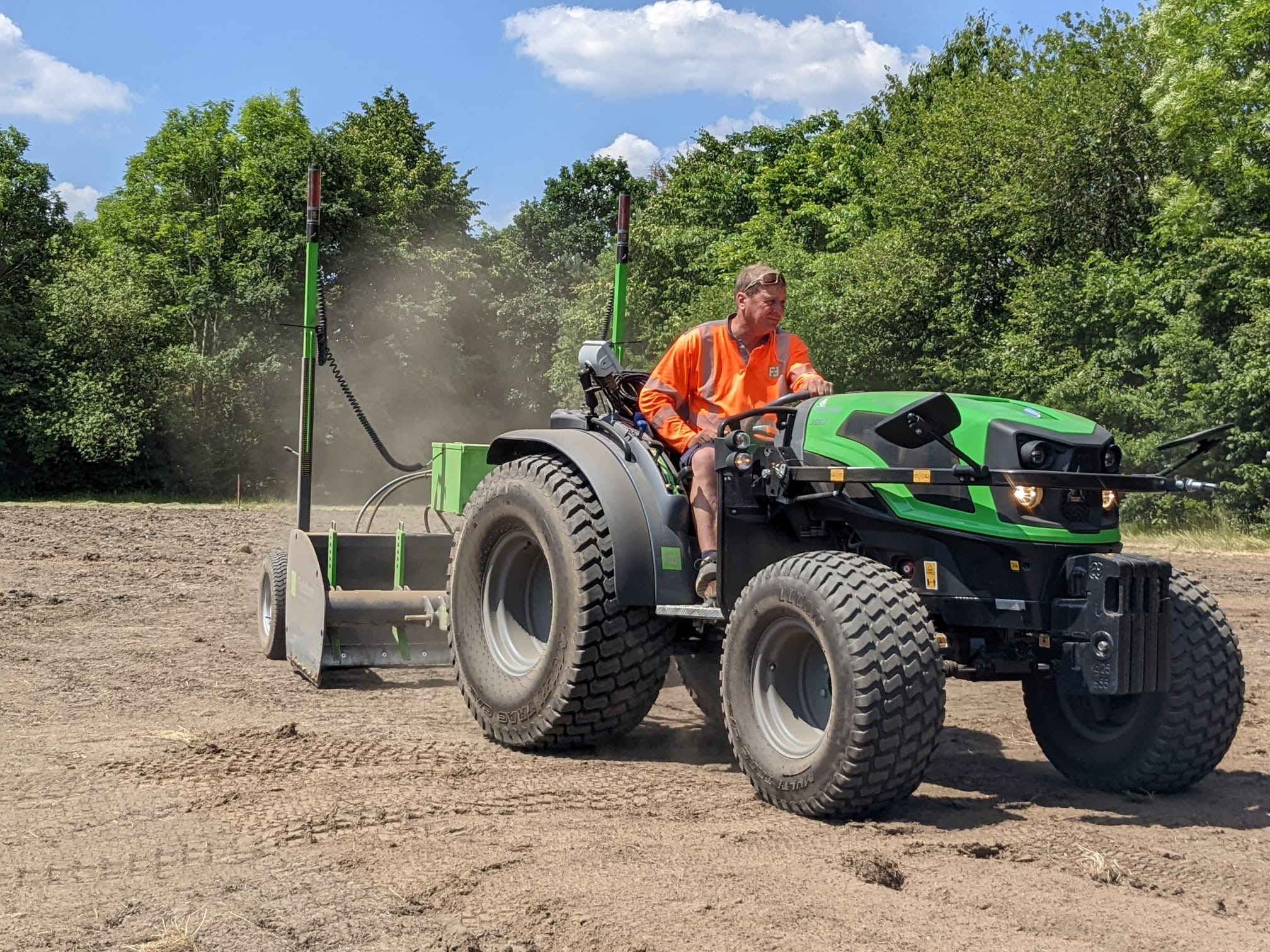The Fieldform team has extensive experience of designing and developing both natural turf sports pitches and fine turf areas for events and public realm facilities




Natural turf

Natural turf sports pitches & fine turf areas
The Fieldform team has extensive experience of designing and developing both natural turf sports pitches and fine turf areas for events and public realm facilities, these skills will be used to provide a tailored support service from feasibility through to practical completion.
From local playing fields to multi-pitch developments we understand the science behind growing grass and the conditions which affect its virility, soil type & structure, drainage characteristics, environmental conditions, irrigation and surface use demands to establish the best grass solution for every client. For site-specific solutions we use specialist seed mixes, bespoke fertilisers and a range of hybrid turf options. In addition to construction services we offer clients ongoing support packages to ensure a high-quality playing surface is maintained for many years.
Drainage, design & installation
Drainage is an important consideration when constructing natural turf sports pitches capable of withstanding regular use for both training and matches. At Fieldform we excel at providing design advice and construction services relating to pitch drainage scheme.














